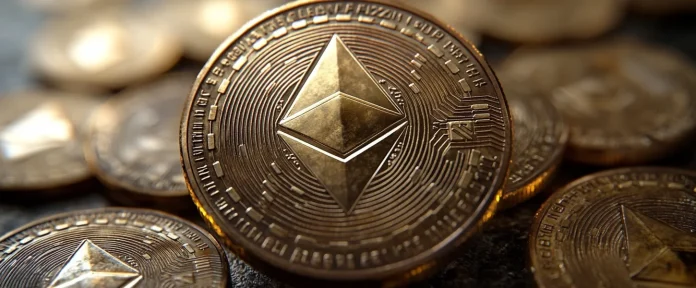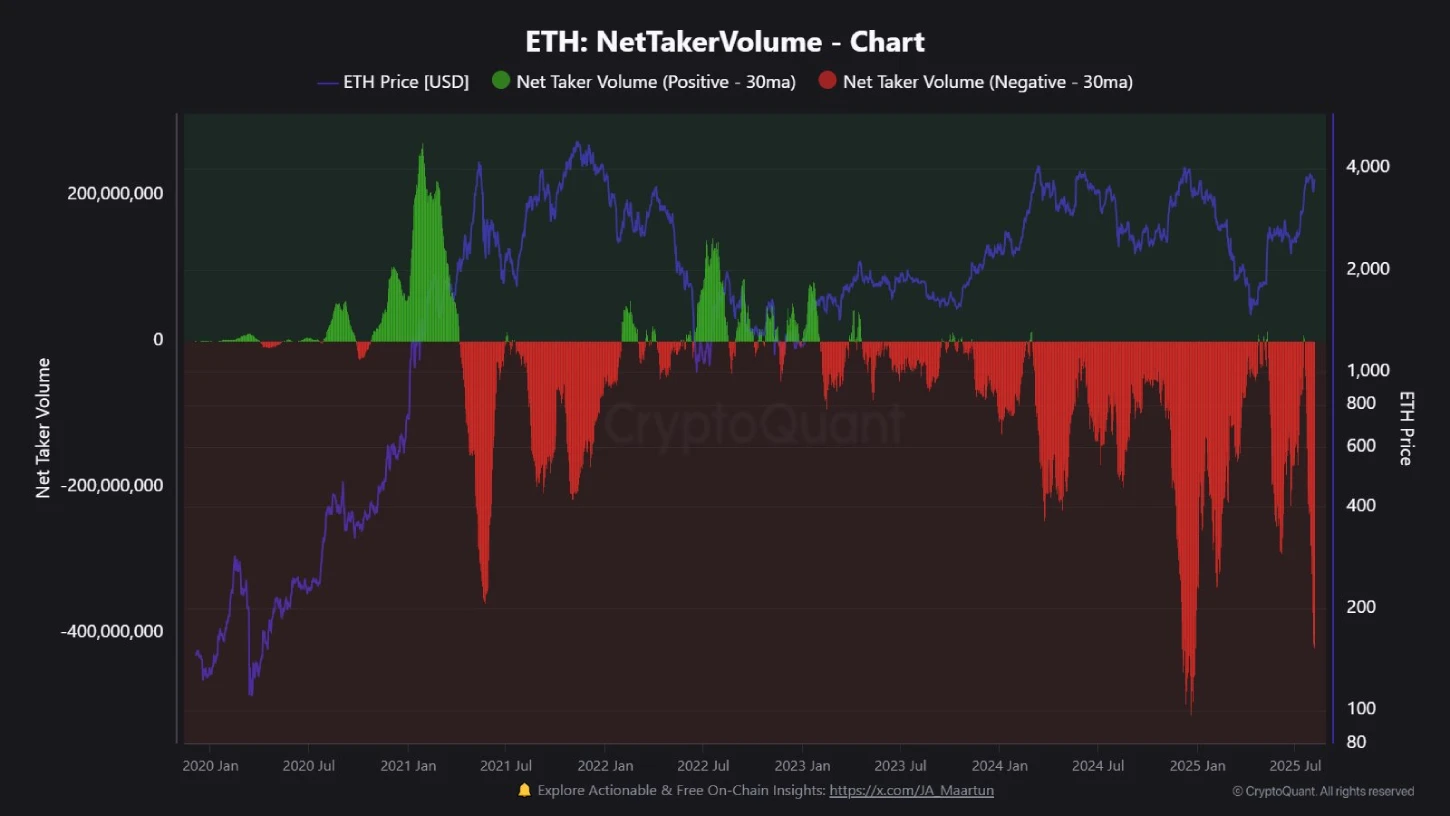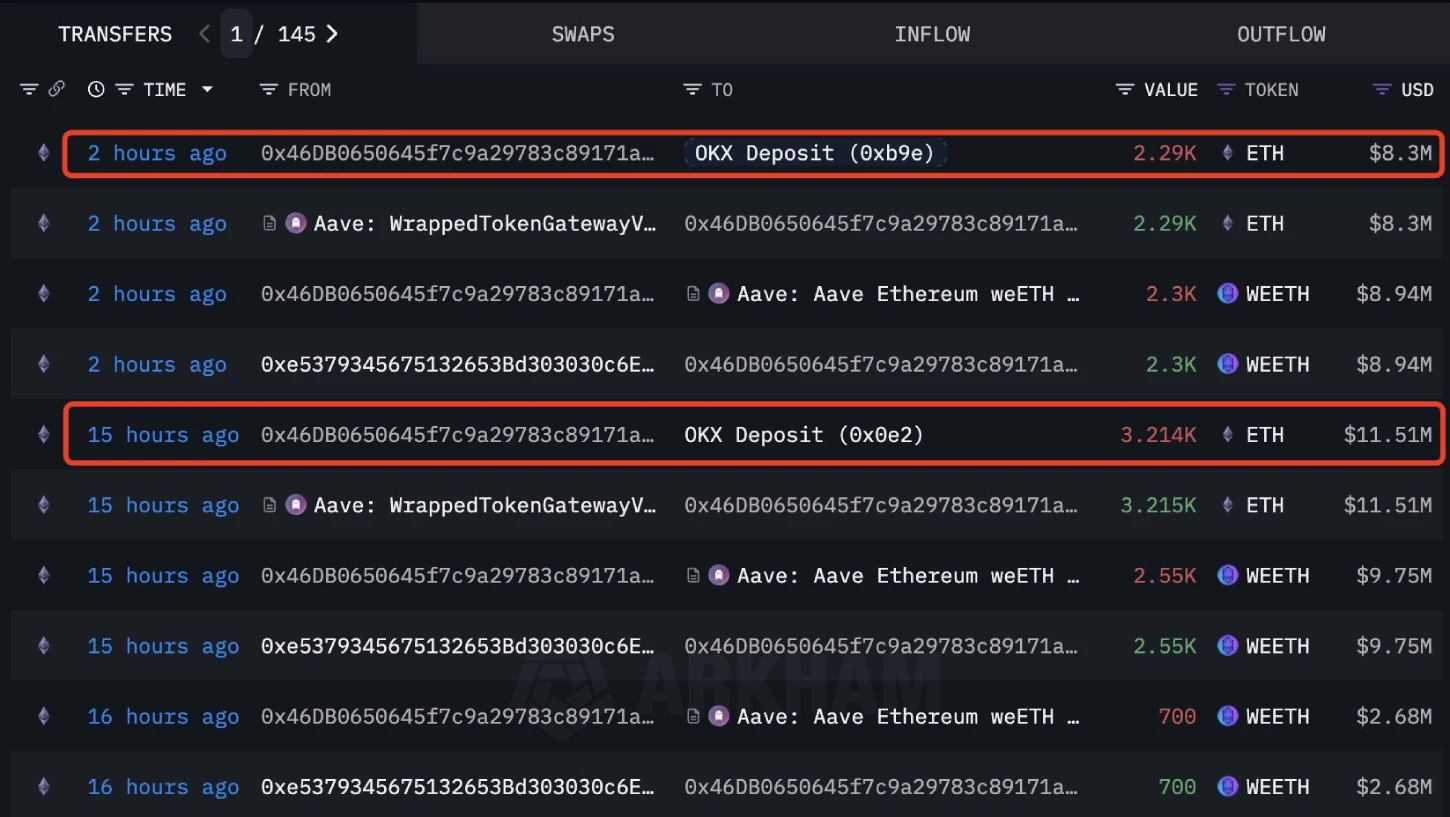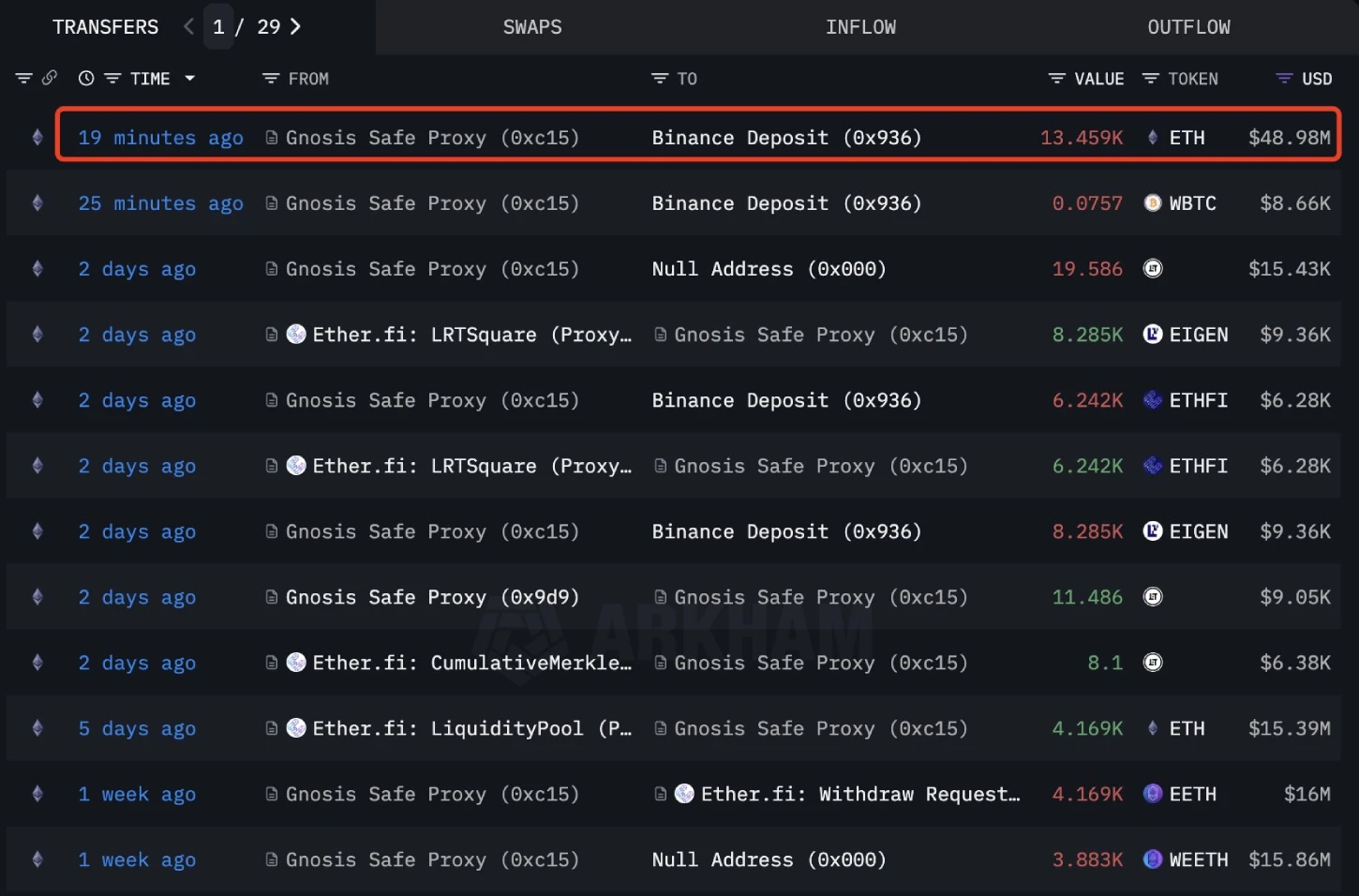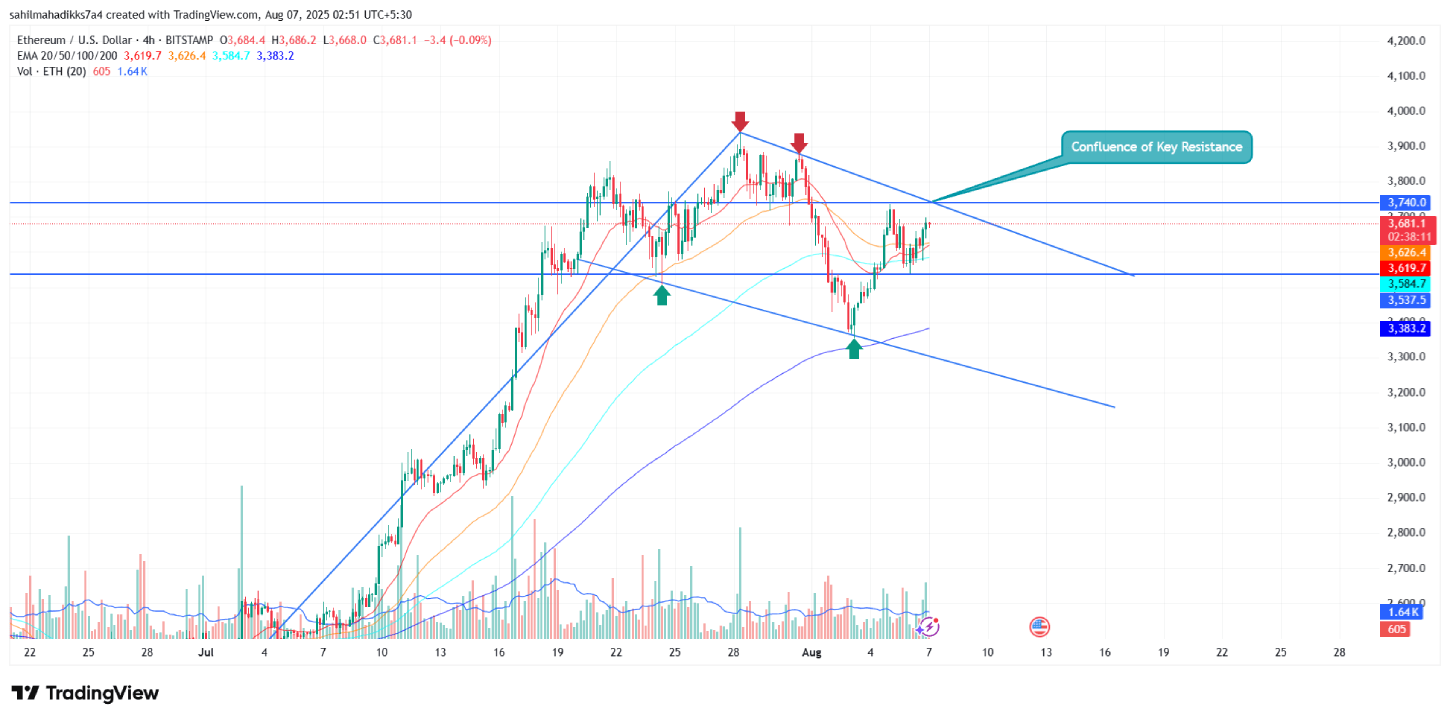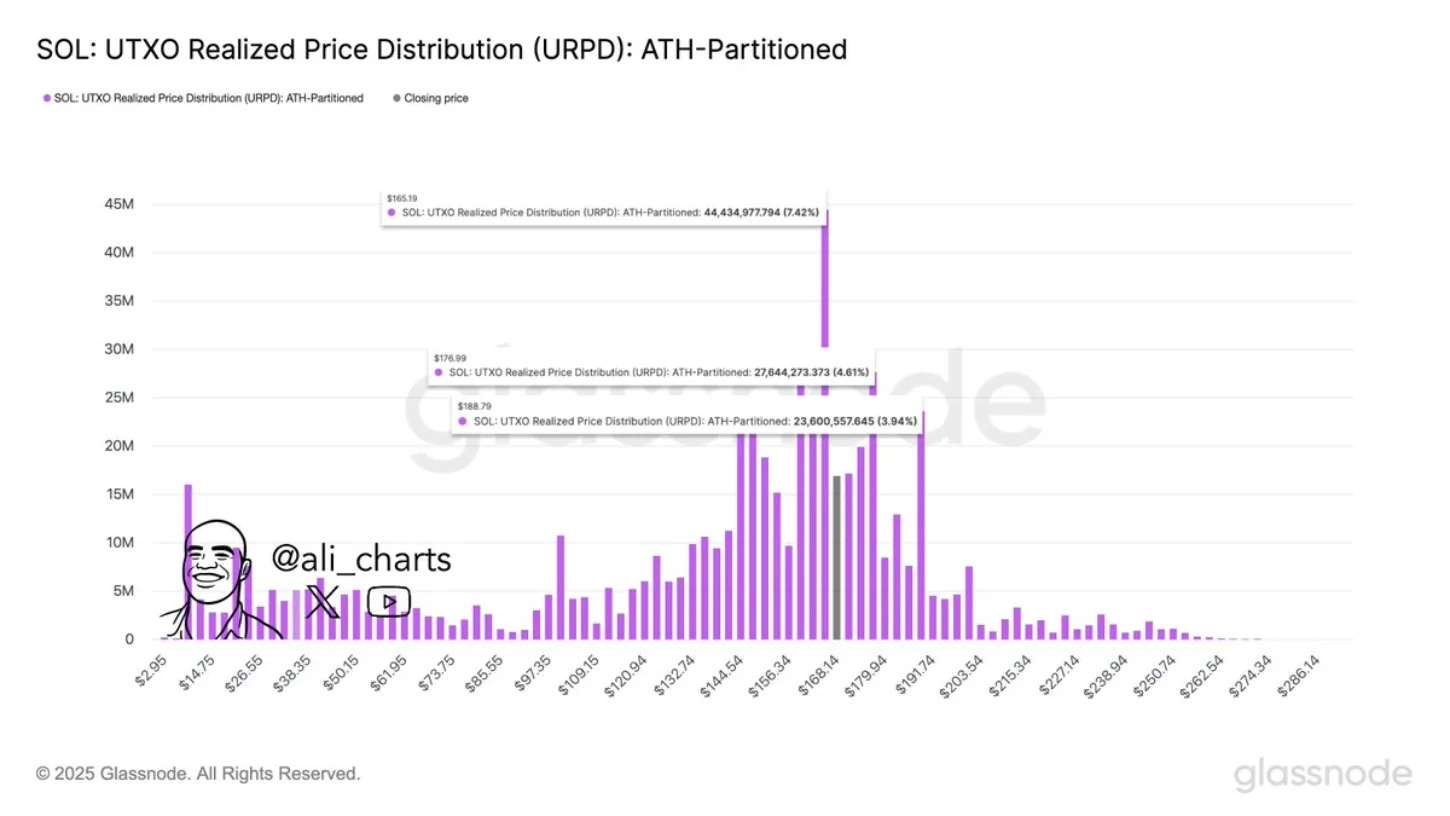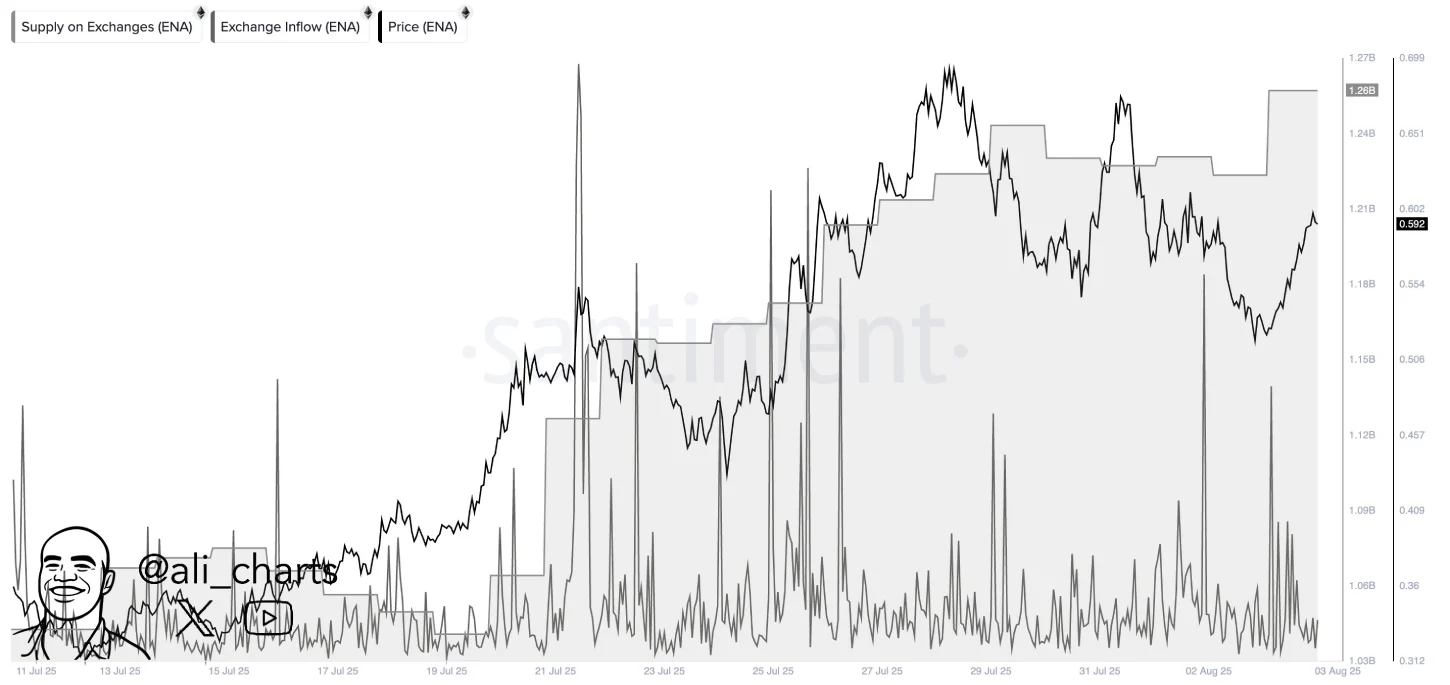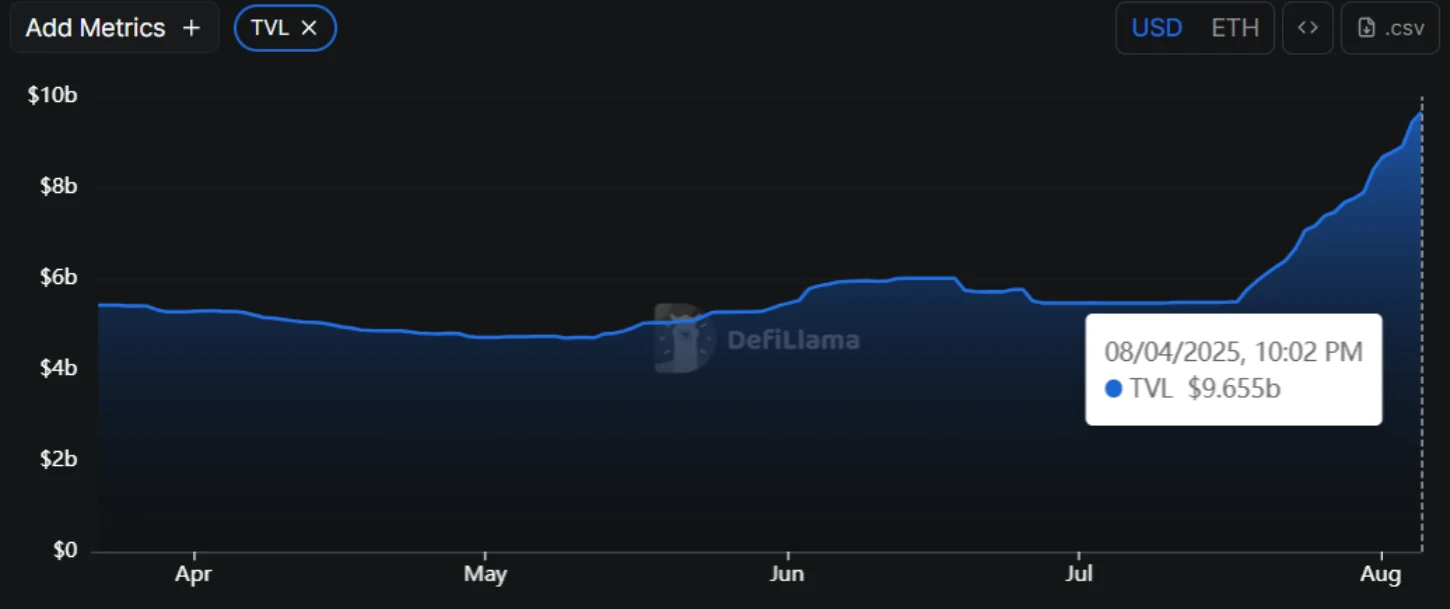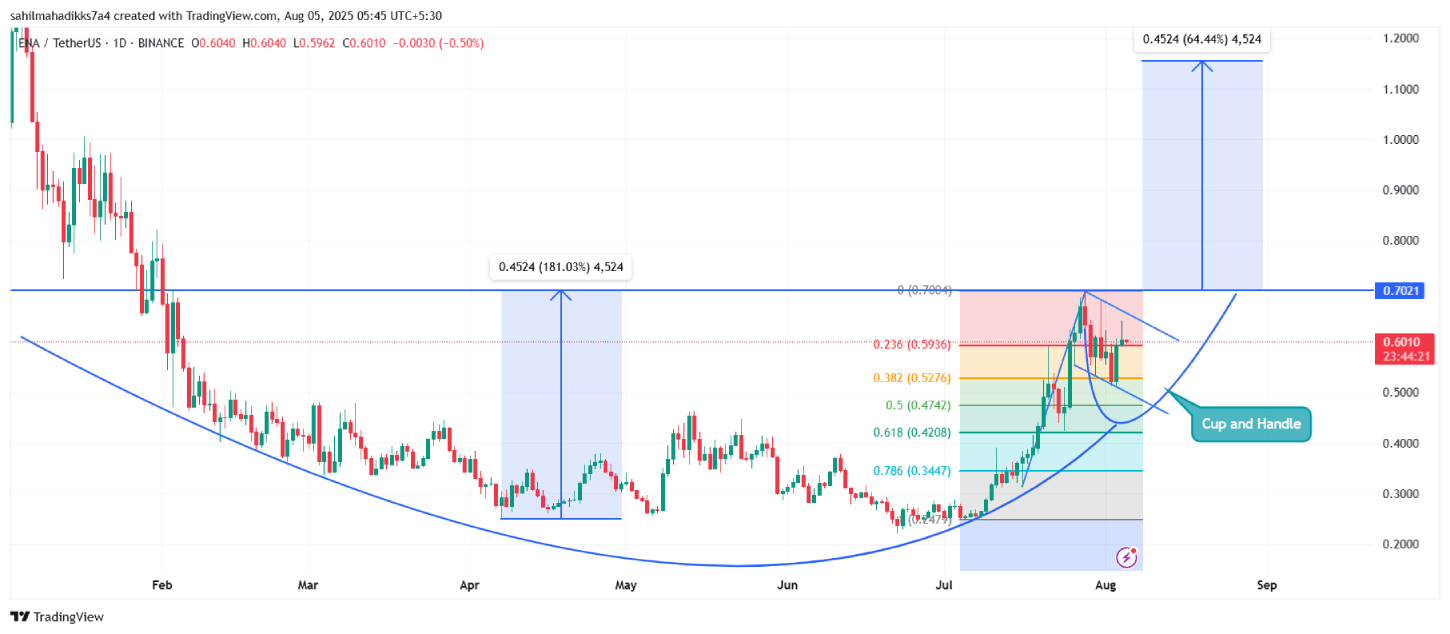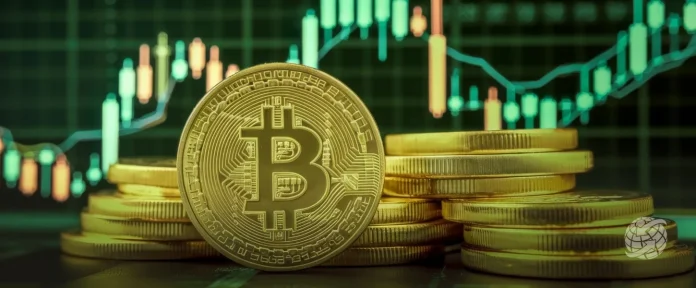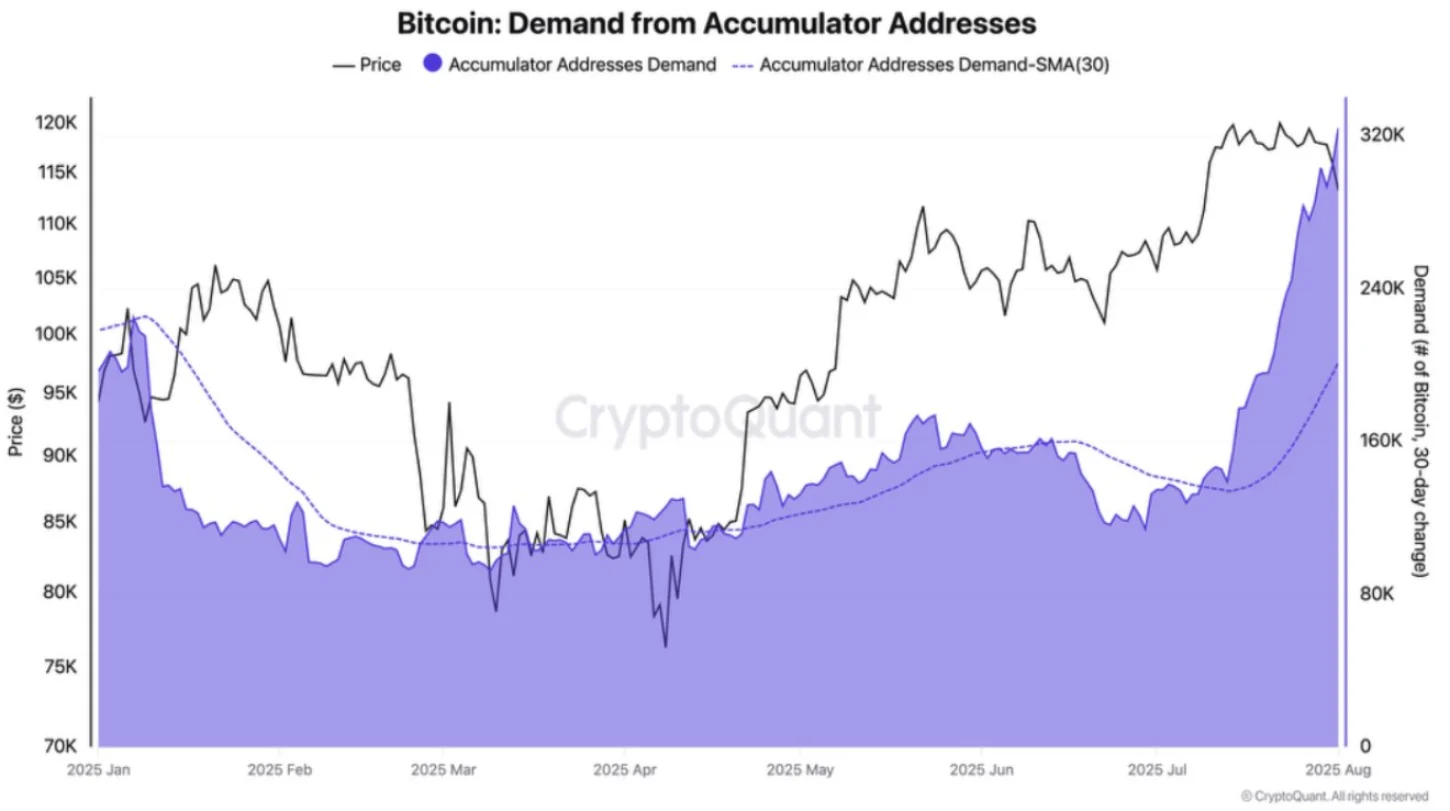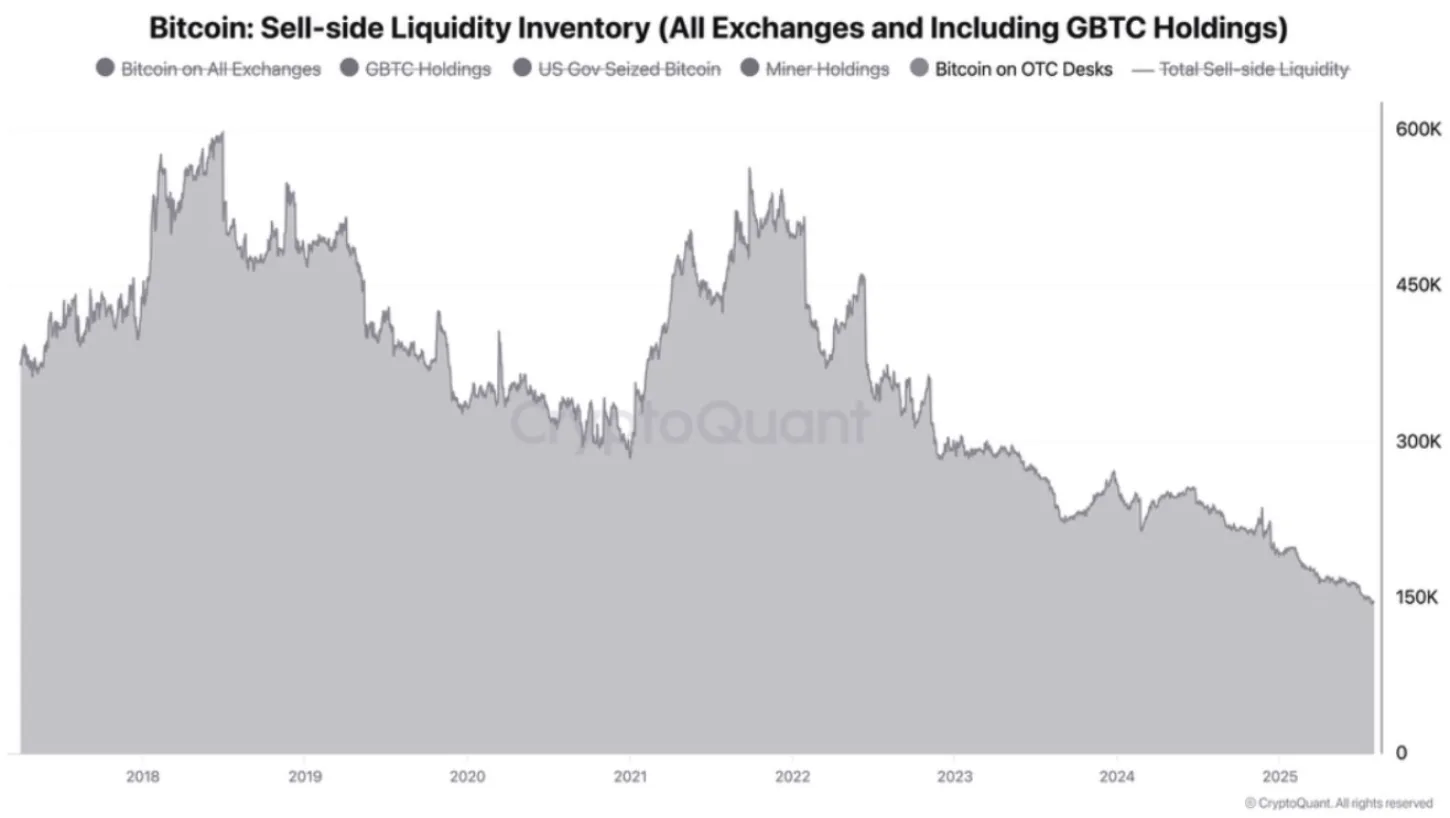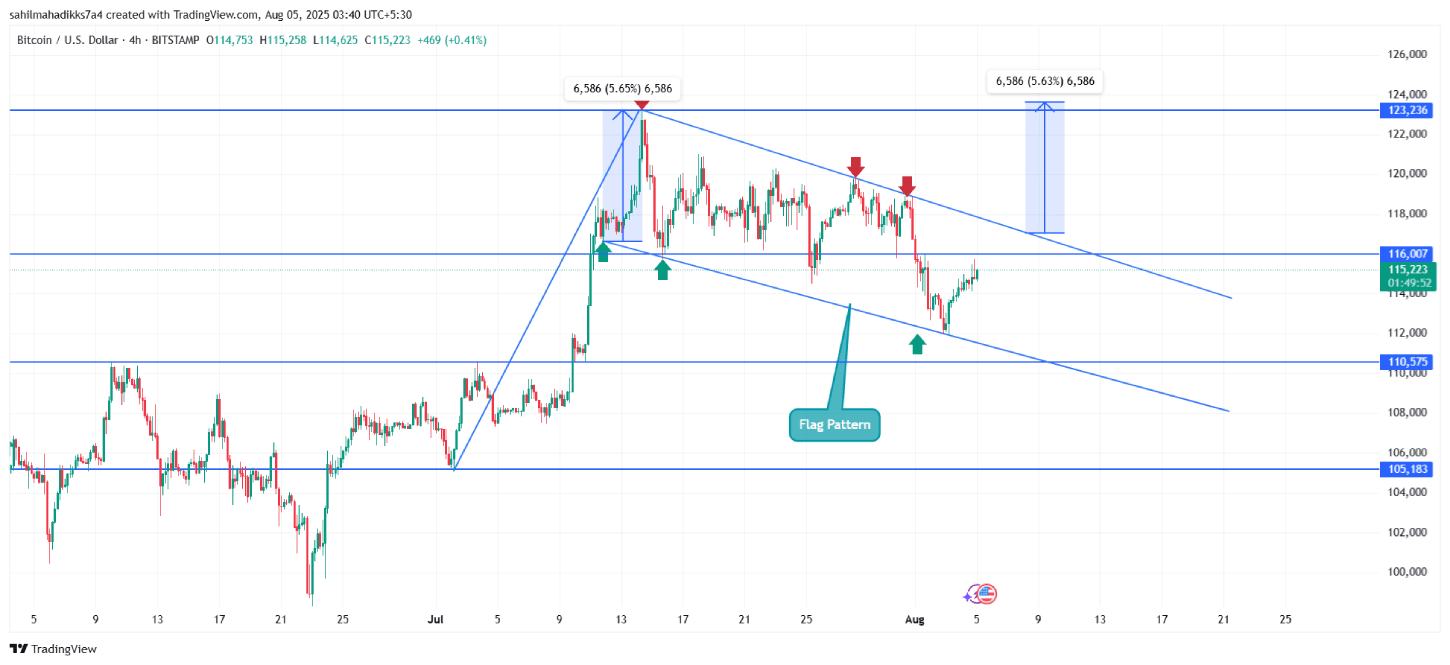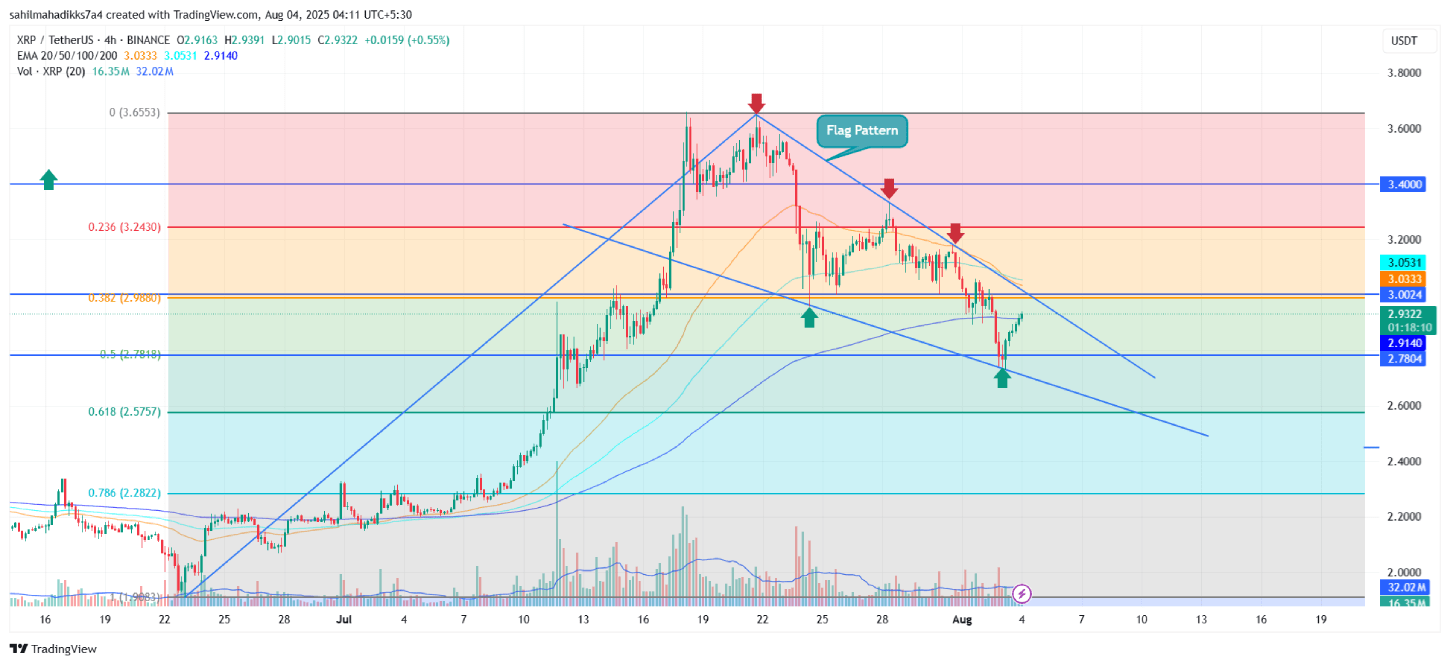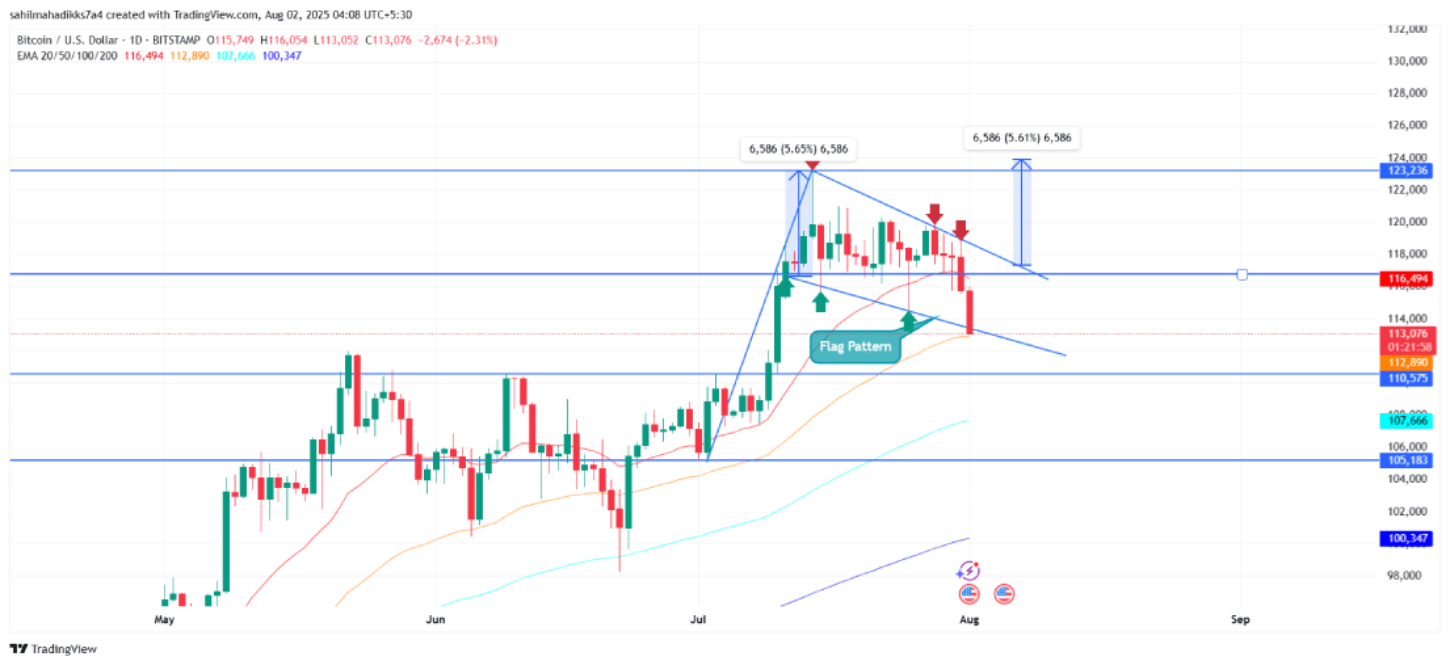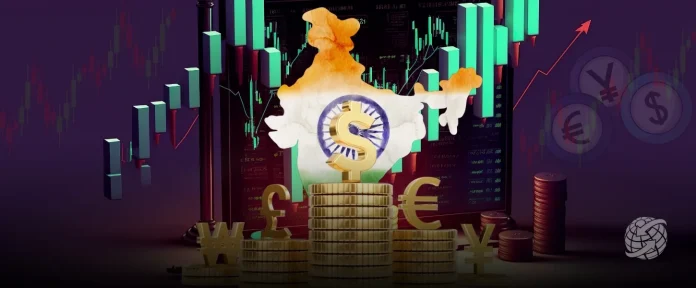Key Highlights
- According to the latest report, China is preparing to launch its first Yuan-backed stablecoin through Hong Kong
- The launch is expected to boost the renminbi’s global reach and counter USD dominance
-
Recently, there has been buzz on the internet claiming that China will ban cryptocurrencies
Amid the regulatory shift in the US for the cryptocurrency market, Beijing is preparing to greenlight its first government-backed stablecoin, which is a digital currency pegged to the Chinese yuan (CNY). This comes despite persistent rumors of an expanded crypto ban.
According to the latest report, China’s central bank, the People’s Bank of China (PBOC), is working closely with Hong Kong regulators to introduce a regulated stablecoin framework. The purpose behind this development is to boost the yuan’s global appeal and counter the dominance of U.S. dollar-backed stablecoins like Tether (USDT) and USD Coin (USDC).
Hong Kong, which operates under a separate financial system from mainland China, has already laid the groundwork. On August 1, 2025, the city’s new Stablecoins Ordinance took effect, allowing licensed firms to issue fiat-backed digital tokens.
Now, Beijing appears ready to leverage this framework to push forward with a renminbi-pegged stablecoin. This is a digital asset designed to facilitate cross-border trade while keeping capital controls intact
Why Now? The U.S. Stablecoin Surge and China’s Fear of Falling Behind
The decision comes as the U.S. accelerates its own crypto adoption. In July, President Donald Trump signed the GENIUS Act, establishing the first federal regulatory framework for dollar-pegged stablecoins.
Analysts say this has put pressure on China to act in fear of losing influence in the evolving digital finance landscape.
“The U.S. is going all-in on crypto, and China doesn’t want to be left behind,” said Zhiguo He, a finance professor at Stanford University. “There’s a real fear of missing out.”
That fear is justified. Over 99% of stablecoins today are dollar-denominated, reinforcing the greenback’s dominance in global trade. Meanwhile, the yuan’s share in international payments has slipped to just 2.89%, its lowest in nearly two years.
A yuan-backed stablecoin could change that. By enabling faster, cheaper cross-border transactions, China hopes to make the renminbi more attractive to businesses—especially those wary of U.S. sanctions or dollar volatility.
The Hong Kong Experiment with Stablecoin: A Controlled Gateway for Crypto
Unlike Bitcoin or Ethereum, which remain banned in mainland China, stablecoins offer Beijing a way to embrace blockchain innovation without relinquishing control.
Hong Kong is set to be the testing ground. Major Chinese firms, including JD.com and Ant Group, have already applied for stablecoin licenses under the city’s new rules. Their proposal? A digital token backed by the offshore yuan (CNH), which circulates freely outside China’s strict capital controls.
“An offshore yuan stablecoin could serve as a bridge between China and global markets,” said Wang Yongli, former vice president of the Bank of China. “It’s a way to modernize payments without destabilizing the domestic financial system.”
Still, challenges remain. Competing with the entrenched dollar stablecoin ecosystem won’t be easy. As Chen Lin, director of the Centre for Financial Innovation and Development at the University of Hong Kong, put it: “Hong Kong is making efforts, but there’s still a long way to go.”
Crypto Ban Rumors
While China moves forward with its stablecoin plans, rumors of a total crypto ban have resurfaced. Social media posts in May claimed Beijing would criminalize even private crypto ownership, sending Bitcoin briefly below $105,000.
But experts say these fears are overblown. No official PBOC statement has confirmed a new ban, and analysts believe the reports recycle old news from China’s 2021 crackdown.
Instead, Beijing’s focus appears to be on state-controlled digital assets—like the digital yuan (e-CNY), which has processed over 7 trillion yuan ($977 billion) in transactions since its 2020 pilot launch.
“China isn’t banning crypto because it hates blockchain,” said Li Yang, a top economist at the Chinese Academy of Social Sciences. “It’s about control. The goal is to integrate stablecoins and CBDCs in a way that serves national interests.”
For now, China is taking a measured approach. Only one of the country’s four major state-owned banks is expected to receive an initial stablecoin license, with trials likely limited to business-to-business transactions.
The PBOC has also hinted that this does not mean a broader crypto legalization. Mainland restrictions on Bitcoin and Ethereum remain firmly in place.

